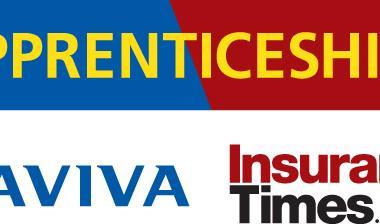Our blogging junior loss adjuster talks about the challenges in handling his first international loss
With my second Dip CII exam done and dusted, I’m now fully focused on the day job until I start preparing for the October exams when I will be looking to qualify for the Dip CII status.
This moves me even closer to the ACII and ACILA qualifications and the peer pressure involved just makes life interesting. Indeed, working alongside a team of young adjusters certainly adds an element of competition, and motivation, to the mix.
A colleague, Matt Robinson, has just returned from Thailand where he has been involved in claims measured in millions of dollars resulting from the 2011 floods. Matt, in his early 30s, was sent out shortly after he became ACILA qualified.
International trip
That opportunity came a little too early for me this time, but I know there will be others. That said, I have worked on a fair share of complex losses since joining MYI in September 2010 and thought it would be interesting to pick one of these for this blog.
The claim related to water damage as well as loss of manufactured goods that were shipped from Malta to Italy. I was required to travel to Malta (my first international business trip) to meet the insured and discuss the circumstances at length as well as survey the damaged shipment.
MYI does quite a lot of work in Malta, which has become an exciting business location in recent years. The only shame was that I was on a tight schedule and didn’t get to see as much of the place as I would have liked.
Top priority
Although I was pleased to get this assignment, I approached the job with some trepidation as the claim was a major loss. To compound this, the insurer instructed us to give the matter top priority as the insured was a VIP client.
After getting some guidance from my manager and making all the preparations, it was next stop Malta where I met with the brokers and the insured.
By the time MYI was appointed around three months had elapsed since the claim. More importantly, the policy renewal was fast approaching and insurers did not want to lose the account.
After the meeting and during review of supporting documents, it became clear to me that the claim was based on the selling price of the items while the policy basis of settlement was actually the cost price. The insured was reluctant to reveal their costing procedure to us electronically as, understandably, this contained confidential data which they wanted to keep secret from their competitors.
Breakdown of costs
Hence, I had to revisit Malta to go through the breakdown of the cost price of individual items and differentiate the fixed costs from the variable costs. Fixed costs are typically things like insurance and rent. My understanding was that fixed costs will not be recoverable under insurance policies and would be recovered from any sale that is made after products have been remanufactured or repurchased.
The data obtained from this subsequent meeting helped me to extrapolate and apply the calculations throughout the claim statement.
The exercise led to an adjustment of around 40% of the claim by excluding the profit (from the selling price) and deducting any fixed costs, with all the stakeholders in the claim – the insured, the brokers and the insurers – happy with all that we did in a short space of time.
So I am satisfied that my first international major(ish) loss has gone well and I’m now looking forward to many more – almost as much as I’m looking forward to this summer’s cricket.
Mahesh Ganesan, MYI






































No comments yet